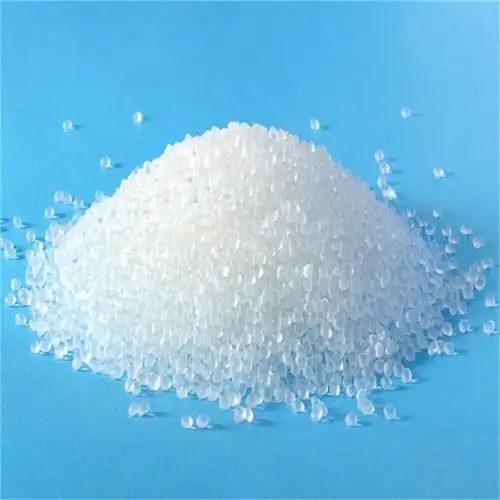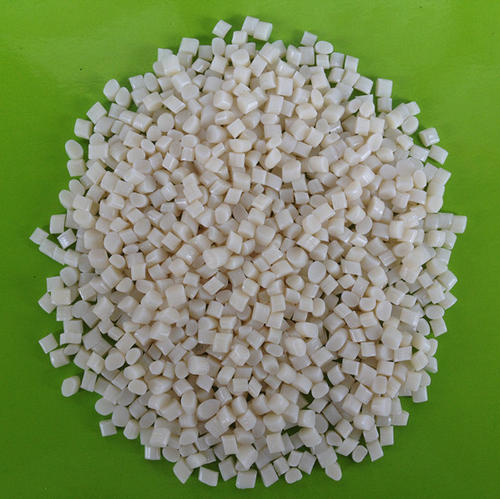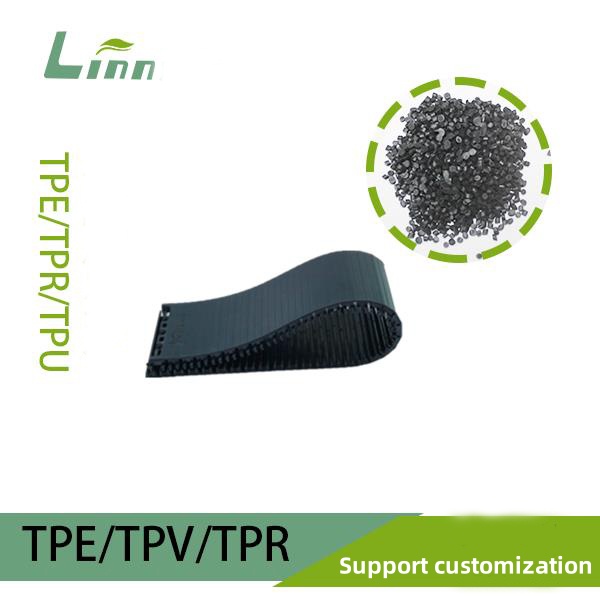In the vast and ever-evolving world of materials science, TPE (Thermoplastic Elastomer) has emerged as a shining star, capturing the attention of engineers, designers, and manufacturers alike. As someone deeply entrenched in this field, I’ve witnessed firsthand the transformative impact TPE has had on various industries. Today, I’m excited to delve into the three major reasons why TPE elastic materials are so highly regarded and widely used.
1. Unmatched Versatility and Design Freedom
One of the most compelling aspects of TPE is its versatility. Unlike traditional rubber or thermoplastics, TPE combines the best of both worlds: the elasticity and flexibility of rubber with the processability and recyclability of thermoplastics. This unique combination opens up a world of possibilities for designers and engineers.
Table 1: Comparative Analysis of TPE with Traditional Materials
| Property | TPE | Traditional Rubber | Thermoplastics |
|---|---|---|---|
| Elasticity | High, with excellent recovery | High | Low to Moderate |
| Processability | Excellent (Injection Molding, Extrusion, etc.) | Poor (Requires Vulcanization) | Excellent |
| Recyclability | Yes | No | Yes |
| Design Flexibility | High (Can be molded into complex shapes) | Limited | High |
| Cost-Effectiveness | Moderate to High (Depends on Application) | Low to Moderate | Moderate to High |
From automotive components to medical devices, from consumer electronics to sporting goods, TPE’s adaptability makes it a go-to choice. Its ability to be molded into intricate shapes and textures allows for innovative designs that were previously unattainable with other materials. For instance, in the automotive industry, TPE is used for sealing strips, gaskets, and even interior trim pieces, offering both aesthetic appeal and functional performance.
Moreover, TPE’s compatibility with a wide range of colors and finishes means that manufacturers can easily match their products to specific brand requirements or consumer preferences. This level of customization is invaluable in today’s competitive market, where differentiation is key.

2. Superior Performance and Durability
Another reason TPE has gained such widespread acceptance is its superior performance and durability. TPE materials are engineered to withstand a variety of environmental conditions, including extreme temperatures, UV exposure, and chemical exposure, without compromising their physical properties.
Key Performance Characteristics of TPE:
Temperature Resistance: TPE can maintain its elasticity and mechanical properties over a wide temperature range, making it suitable for both hot and cold applications.
UV Stability: Many TPE grades are formulated with UV stabilizers, ensuring long-term outdoor durability without cracking or fading.
Chemical Resistance: TPE exhibits excellent resistance to oils, greases, and many chemicals, making it ideal for applications where exposure to such substances is common.
Abrasion Resistance: TPE’s high abrasion resistance means it can withstand repeated wear and tear, extending the lifespan of products.
These performance characteristics translate into real-world benefits for manufacturers and end-users. For example, in the medical field, TPE is used for catheters, tubing, and other disposable devices because of its biocompatibility, flexibility, and resistance to sterilization processes. In the consumer electronics sector, TPE is used for cases, buttons, and other components due to its ability to withstand daily use and abuse.
3. Environmental Sustainability and Cost-Effectiveness
In an era where environmental sustainability is a top priority, TPE stands out as a green alternative to traditional materials. Unlike some thermoset rubbers, TPE can be recycled and reused, reducing waste and minimizing the environmental impact of manufacturing processes.
Environmental Benefits of TPE:
Recyclability: TPE can be melted down and reprocessed into new products, reducing the need for virgin materials.
Lower Energy Consumption: The processing of TPE typically requires less energy compared to traditional rubber vulcanization processes.
Reduced Emissions: TPE production generates fewer harmful emissions, contributing to a cleaner manufacturing environment.
Beyond its environmental advantages, TPE also offers cost-effectiveness. While the initial cost of TPE may be slightly higher than some traditional materials, its long-term benefits often outweigh the upfront investment. The ability to recycle TPE reduces material costs over time, and its superior performance and durability mean fewer product failures and replacements, leading to overall cost savings.

Cost Comparison Table: TPE vs. Traditional Materials
| Factor | TPE | Traditional Rubber | Thermoplastics |
|---|---|---|---|
| Initial Material Cost | Moderate | Low | Moderate |
| Processing Costs | Moderate (Due to Versatility) | High (Requires Vulcanization) | Low to Moderate |
| Recycling Costs | Low (Can be Recycled) | High (Not Recyclable) | Low (Can be Recycled) |
| Long-Term Savings | High (Due to Durability and Recyclability) | Low (High Failure Rates) | Moderate |
Conclusion: The Future of TPE
As we look to the future, it’s clear that TPE elastic materials will continue to play a pivotal role in shaping the industries they serve. Their unmatched versatility, superior performance, and environmental sustainability make them an attractive choice for a wide range of applications.
For manufacturers, embracing TPE means not only staying ahead of the competition but also contributing to a more sustainable future. By leveraging TPE’s unique properties, they can create innovative, high-quality products that meet the evolving needs of consumers while minimizing their environmental footprint.
As an industry expert, I’m excited to see how TPE will continue to evolve and push the boundaries of what’s possible in materials science. Whether it’s in automotive, medical, consumer electronics, or any other field, TPE is poised to make a lasting impact.

Related Questions & Answers
Q1: Can TPE be used in food contact applications?
A1: Yes, many TPE grades are formulated to meet food contact safety standards, making them suitable for applications such as kitchen utensils, food packaging, and beverage containers. However, it’s essential to verify the specific TPE grade’s compliance with relevant regulations and standards before use.
Q2: How does TPE compare to silicone in terms of performance?
A2: TPE and silicone both offer excellent elasticity and flexibility, but they differ in several key areas. TPE is generally more cost-effective and easier to process than silicone, making it a preferred choice for high-volume production. Silicone, on the other hand, offers superior heat resistance and chemical inertness, making it ideal for certain specialized applications.
Q3: Is TPE suitable for outdoor applications?
A3: Absolutely! Many TPE grades are formulated with UV stabilizers and other additives to enhance their outdoor durability. These materials can withstand prolonged exposure to sunlight, rain, and other environmental factors without cracking or fading, making them ideal for outdoor furniture, automotive components, and other applications.
Q4: Can TPE be painted or coated?
A4: Yes, TPE can be painted or coated to achieve specific aesthetic or functional requirements. However, it’s important to choose a compatible paint or coating system and follow proper surface preparation and application procedures to ensure adhesion and durability.
Q5: What are the limitations of TPE?
A5: While TPE offers numerous advantages, it does have some limitations. For instance, its heat resistance may not be as high as some thermoset rubbers or engineering plastics, limiting its use in certain high-temperature applications. Additionally, TPE’s cost may be higher than some traditional materials, although this is often offset by its long-term benefits and cost-effectiveness.
In conclusion, TPE elastic materials are a force to be reckoned with in the world of materials science. Their versatility, performance, and sustainability make them a compelling choice for a wide range of applications. As we continue to explore new frontiers in innovation and technology, TPE will undoubtedly play a pivotal role in shaping the future of our industries.





